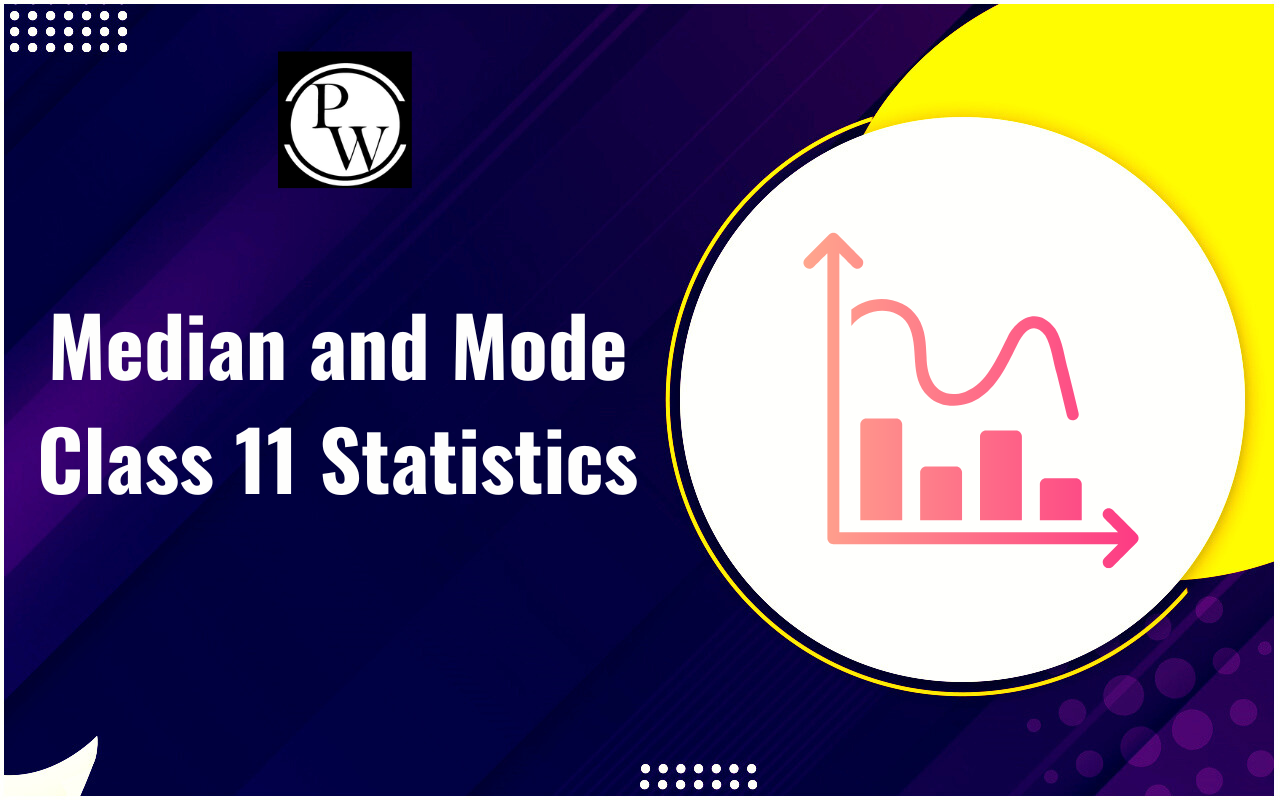
Understanding how exchange rate systems function is essential in today's interconnected global economy. Among these systems, the managed floating exchange rate stands out as a balanced approach, combining market dynamics with central bank interventions. In this blog we will learn its meaning, objectives, advantages, disadvantages, and its comparison with other systems.
Meaning of Managed Floating Exchange Rate
A Managed Floating Exchange Rate is a monetary system where a currency's value is primarily determined by market forces such as supply and demand in the foreign exchange market. However, the central bank occasionally intervenes to stabilize or influence the currency’s value.
In this system, currencies fluctuate daily, but the central bank’s involvement ensures that the fluctuations remain within acceptable limits. These interventions are done to minimize volatility, maintain economic stability, and achieve monetary policy objectives.Objectives of Managed Floating Exchange Rate
The Managed Floating Exchange Rate system aims to strike a balance between market-driven exchange rate fluctuations and central bank intervention. This monetary approach seeks to achieve specific objectives to foster economic stability and support the nation's economic goals. The objectives of the Managed Floating Exchange Rate system include:
Exchange Rate Stability: Strive to maintain a reasonably stable exchange rate to facilitate smoother international trade and investment flows.
Economic Growth Promotion: Use exchange rate management to support domestic economic growth and employment opportunities.
Inflation Control: Employ interventions to curb inflationary pressures and ensure stable price levels in the economy.
External Balance: Aim to achieve a sustainable balance of trade and payments with other countries.
Market Confidence: Instill confidence in investors and businesses by preventing excessive exchange rate volatility.
Monetary Policy Autonomy: Maintain the ability to implement independent monetary policies to address domestic economic challenges.
Reserve Management: Prudently manage foreign reserves to support the exchange rate when needed.
Adaptability to External Shocks: Use exchange rate adjustments as a tool to cope with external economic shocks.
Promotion of Export Competitiveness: Employ managed floating to enhance export competitiveness in the global market.
Balance of Payments Stability: Strive to achieve stability in the overall balance of payments to support a healthy economy.
Types of Exchange Rates
Exchange rates are crucial in determining the value of one country's currency with another. Various exchange rate systems are used worldwide to facilitate international trade and financial transactions. The types of exchange rates are as follows:
- Fixed Exchange Rate
- Floating Exchange Rate
- Pegged Exchange Rate
- Managed Floating Exchange Rate
- Crawling Peg Exchange Rate
- Dual Exchange Rate
- Forward Exchange Rate
- Spot Exchange Rate
Advantages of Managed Floating Exchange Rate
Managed Floating Exchange Rates offer several advantages, combining the flexibility of a floating exchange rate system with the stability of a fixed exchange rate arrangement. These advantages include:
- Flexibility: Allows currency to adjust based on market forces.
- Economic Stability: Mitigates extreme fluctuations, reducing risks.
- Monetary Autonomy: Permits independent monetary policies.
- Trade Competitiveness: Enhances exports and trade growth.
- Foreign Reserves Management: Helps stabilize exchange rates efficiently.
- Market-Based Price Discovery: Reflects supply and demand dynamics.
- Risk Diversification: Reduces risks for international investors.
- Adaptability to Globalization: Navigates complexities of the global economy.
- Economic Policy Coordination: Enables coordinated economic policies.
- Reduced Speculative Activities: Deters short-term currency speculation.
Disadvantages of Managed Floating Exchange Rate
Despite its advantages, Managed Floating Exchange Rates also come with certain drawbacks. These disadvantages should be carefully considered when evaluating the appropriateness of this monetary system. The disadvantages include:
- Exchange Rate Uncertainty: Interventions create uncertainty for businesses and investors.
- Policy Ineffectiveness: Interventions may not always achieve desired outcomes.
- Speculative Pressures: Intervention possibilities attract speculation.
- Political Interference: Susceptible to political pressures.
- Currency Manipulation: Can be used for unfair trade advantages.
- Competitive Devaluation: This may trigger currency wars and tensions.
- Market Distortions: Frequent interventions hinder market efficiency.
- Inflationary Pressures: Interventions can influence domestic inflation.
- Time and Resource Intensive: Requires significant time and effort.
- Coordination Challenges: Complex to coordinate with other countries.
Concepts of Currency Manipulation, Depreciation, and Appreciation
Below we've mentioned some key concepts of Currency Manipulation, Currency Depreciation and Currency AppreciationCurrency Manipulation
Currency manipulation refers to the deliberate and systematic actions taken by a country's government or central bank to influence its currency's exchange rate in the foreign exchange market. This is done with the primary aim of gaining unfair trade advantages or economic benefits at the expense of other trading partners.
Currency Depreciation
Depreciation of currency refers to the decline in the value of a country's currency relative to other currencies in the foreign exchange market. This decrease in currency value makes the country's exports more competitive in international markets, as foreign buyers can purchase more of the country's goods and services with their own stronger currencies.
Currency Appreciation
Appreciation of currency refers to the increase in the value of a country's currency relative to other currencies in the foreign exchange market. This appreciation makes the country's exports relatively more expensive for foreign buyers, as they need to exchange more of their own currency to purchase the country's goods and services.
Difference Between Free Float Vs Managed Float
The choice of exchange rate regime is a critical decision for countries, influencing their economic stability, trade dynamics, and monetary policies. Two common exchange rate systems are Free Float and Managed Float. Let's compare the two approaches in tabular form:
| Difference Between Free Float and Managed Float | ||
| Aspect | Free Float | Managed Float |
| Exchange Rate Control | Determined solely by market forces. | The central bank intervenes to influence rates. |
| Flexibility | High flexibility, subject to market fluctuations. | Moderate flexibility with controlled interventions. |
| Exchange Rate Stability | May experience higher volatility. | Attempts to maintain more stable rates. |
| Government Intervention | Minimal government interference. | The central bank actively manages interventions. |
| Monetary Autonomy | Complete monetary independence. | Partial autonomy with controlled interventions. |
| Market Influence | Market-driven pricing and speculation. | Interventions may influence market expectations. |
| Inflation Control | Exchange rate fluctuations may impact inflation. | Central banks can use interventions to control inflation. |
| Foreign Reserves | Lesser reliance on foreign reserves. | May use reserves to stabilize the currency. |
| Trade Competitiveness | Competitive exchange rates can benefit exports. | Can use managed float to enhance export competitiveness. |
| Policy Coordination | Monetary policies may be less coordinated. | The Central Bank coordinates interventions and policies. |
| Economic Stability | Offers flexibility but may face currency crises. | Balances flexibility with some stability measures. |
The Managed Floating Exchange Rate system provides a balance between market-driven flexibility and central bank interventions to maintain economic stability. While it has its challenges, its adaptability and stability make it a preferred choice for many economies. Understanding its nuances can help businesses, investors, and policymakers make informed decisions in a globalized economy.
Join PW Commerce Online Course now and excel in your academic and professional pursuits!What is Managed Floating FAQs
Is Managed Floating prone to currency manipulation?
Can Managed Floating support export competitiveness?
How does Managed Floating affect inflation?
In India who controls the exchange rates?
How does Managed Floating differ from Fixed and Floating exchange rates?










